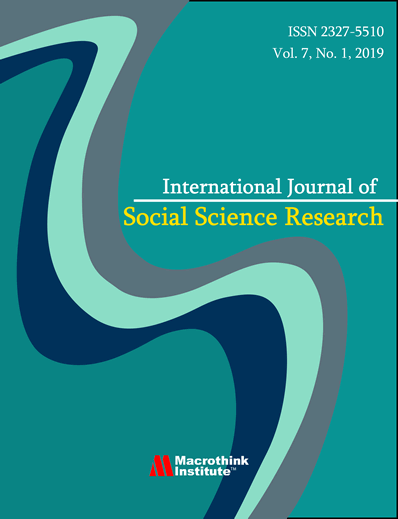A Novel Analysis of the Relationship Between Caste and Adherence to Medical Treatment
DOI:
https://doi.org/10.5296/ijssr.v12i1.21487%20Abstract
In clinical practice the adherence to medical treatment of patients with regard to their caste has not been well-studied. This study is based on 193 outdoor patients having mean age of 43.65 years (range 18–87 years), median age of 45 years at three government hospitals located next to Islamabad. First the patients considered were asked to answer a 13-item questionnaire concerning the factors that could have affected adherence to the recommended medical treatment. Subsequently, each patient answered the Urdu language version of the Morisky Medical Adherence Scale (MMAS-8) questionnaire. After data preprocessing, the response of each participant was scored to ascertain the adherence to the recommended medical treatment and finally all variables were statistically analyzed. The overall mean MMAS-8 score was 4.55.
The adherence to medical treatment of patients in clinical practice with relation to their caste has not been well researched. This study is based on 193 outdoor patients from three government hospitals near Islamabad; patients having median age of 45 years and a mean age of 43.65 years (range 18–87 years). First, a 13-item questionnaire based on the variables that could have impacted adherence to the prescribed medical therapy was given to the patients under consideration. After that, each patient responded to the Morisky Medical Adherence Scale (MMAS-8) questionnaire in Urdu. Following data preparation, each participant's response was assessed to determine compliance with the prescribed medical therapy, and all variables were then statistically analyzed. The mean MMAS-8 score across the board was 4.55. Three variables were found to be considerably associated with low adherence i.e. i) number of dependent children (p = 0.005) ii) age (p = 0.02) and iii) caste (p = 0.03) for three major castes of 63 patients. Moreover, patients having higher education appeared to be more adherent as compared to those patients that had no schooling.

